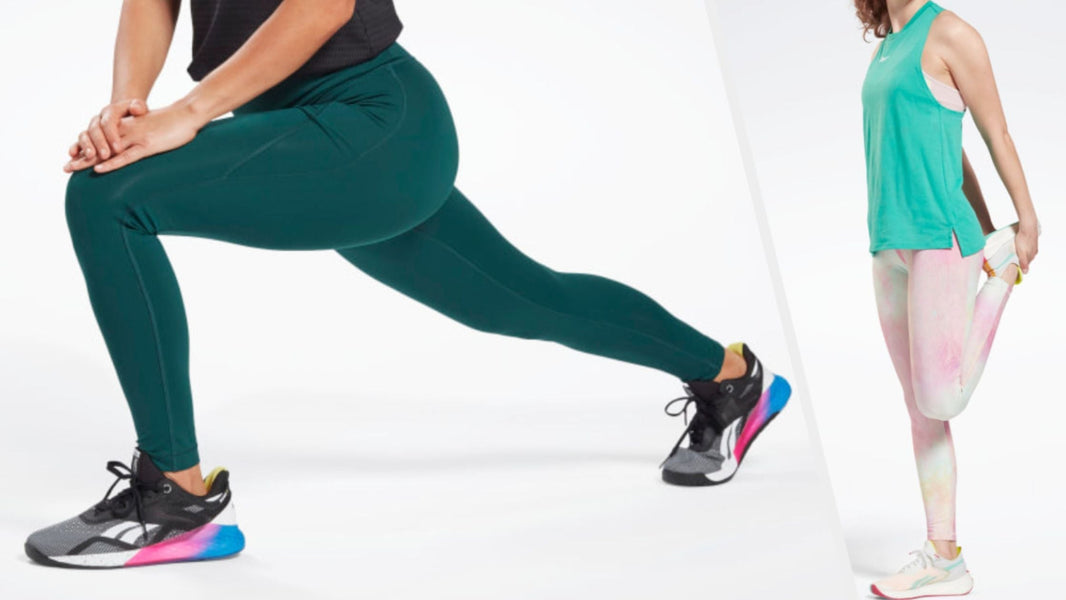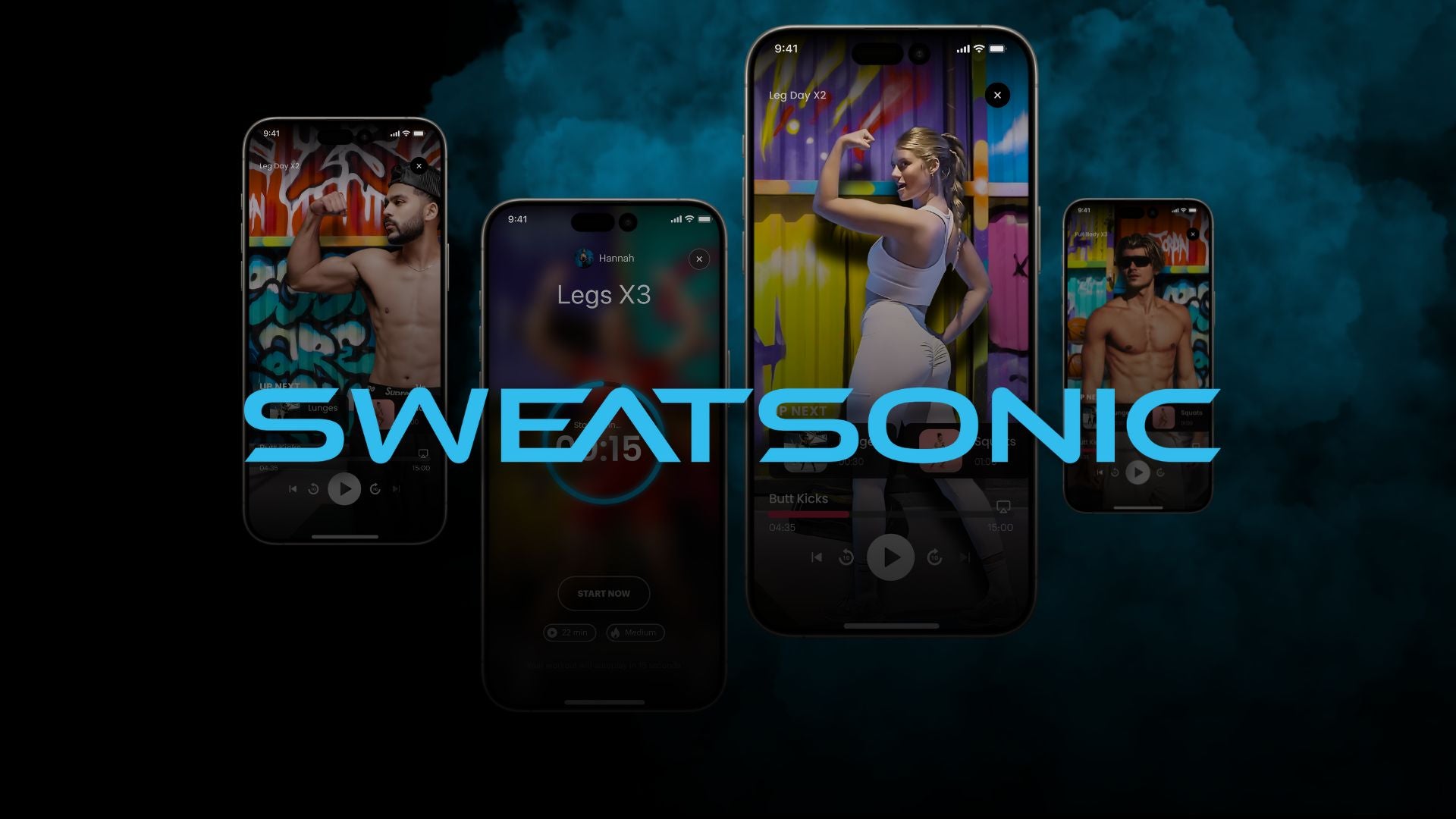Getting fit used to come with a laundry list of excuses. You’d think, “I don’t have time to hit the gym,” or “The personal trainer fees are through the roof,” or my personal favorite, “I’m just going to wait for the squat rack to free up.” Something rang a bell?
But in 2025, things are looking up. Enter fitness trainer apps and your new pocket-sized coach, cheerleader, and (let's be honest) the only drill sergeant you’ll actually tolerate. No more battling for machines or scrounging up gym memberships that cost more than a night out in the city.
These apps aren’t just glorified timers. They’ve got AI-driven coaching, workouts synced to your favorite tunes, and plans that adapt to your progress, meaning your fitness journey now fits your schedule, your budget, and your playlist. So, what exactly is a workout tracking app? How do they work? And why are people across the U.S. tossing their gym memberships in favor of these bright, convenient, and surprisingly fun fitness companions?
Let’s take a closer look.
So, What Is a Fitness Trainer App?
A fitness trainer app is like having your own personal trainer, but without the awkward small talk or intense staring contests during planks. It’s a digital platform that delivers structured workouts, tracks your progress, and offers real-time coaching all from the convenience of your phone or tablet. Whether you’re in your living room, out for a jog in the park, or stuck in a hotel room while traveling, it keeps your fitness routine on track.
But wait, it's more than just a list of exercises! The top apps combine science-backed programming, habit-forming tools, AI-driven insights, and even music to keep you motivated. So, it’s like having a workout buddy, but one that never cancels on you.
Why Are Fitness Trainer Apps So Popular in 2025?
According to Statista, over 87 million Americans used fitness apps in 2024, and that number’s only climbing. Why? Because life is busy, gym fees are too high, and let’s face it, convenience matters nowadays.
Fitness apps fit around your schedule, not the other way around. Whether you’ve got 10 minutes before a meeting or 45 minutes while the kids nap, it adapts to you: no commutes, no judgment, just movement.

Core Features That Make Fitness Apps Work (and Not Just Sit on Your Home Screen)
Let’s break it down, its benefits over personal trainers:
Customizable Workout Plans: Whether you’re just starting or you’ve already run a marathon (or eaten a dozen donuts and no judgment), fitness apps customize your plan to match where you’re at. Whether you’ve got 20 minutes between meetings or a whole hour while you binge-watch Netflix (uh, I mean, get your steps in), your app’s got your back.
The 3 different fitness training plans are given below:
1.For Beginners
These apps are like that friend who gently pushes you off the couch without making you feel like you’re dying. These beginner-friendly routines focus on building good habits and mastering basic moves, with most workouts lasting 15–20 minutes. You don’t need fancy gym equipment, just a little space and maybe a yoga mat, if you’re feeling extra fancy.
2.For Intermediate Users
Intermediate users benefit from more structured workout splits that balance strength training, cardio, and mobility. These plans often incorporate progressive overload strategies, utilizing dumbbells or resistance bands to achieve this goal. Integrated with tracking features to help monitor calories burned, rest periods, and weekly progress. Sounds intriguing?
3.For Advanced Athletes
This is for when you’re beyond the basics and ready to hit some serious goals. Advanced users receive goal-specific programs tailored for performance, such as hypertrophy, HIIT, or endurance cycles. These workouts are often high in intensity and complexity, with less guidance and more emphasis on real-time data adjustments based on personal records and recovery metrics. You’ll be sweating, but in a good way.
-
Every set, rep, weight, rest period, and completed session is logged automatically. Over time, the AI workout coach builds a clear history of your performance, making it easier to identify plateaus and track progress toward strength or endurance goals.
-
Professionally shot tutorials guide you through proper form and technique, reducing injury risk, and are especially useful for users who prefer working out without in-person instruction.
-
These apps can adjust your training intensity, rest periods, and future workouts based on your recent performance trends, fatigue levels, or missed sessions.
How Does a Fitness Trainer App Work?
Now that you know the features, you're all set. But what’s the user experience like? See why it's great for beginners and how it typically works:
1. Personalized Onboarding
When you first download the app, it collects key information, such as your age, gender, weight, fitness level, available equipment, preferred workout style, and fitness goals. This data is used to generate a plan that matches your specific needs and lifestyle.
For example, let’s say you’re Sarah, a 30-year-old marketing manager who has a few dumbbells lying around, but no time for long gym sessions. You tell the app that your goal is to get stronger but also stay flexible because you’ve spent too many hours hunched over your desk. The app will create a plan that mixes strength training with quick mobility exercises, all doable in 20-minute bursts during your lunch break
2. Program Selection or Smart Plan Generation
Some apps offer a catalog of ready-made workout plans (e.g., full-body strength, fat burn, yoga flow), while others use AI to create a clear, adaptive plan that evolves based on your performance. You can set daily goals for factors such as time commitment, intensity, and target muscle groups.
3. Audio or Video-Based Guidance
Most fitness apps offer visual or voice-guided workouts. Increasingly, many use audio-first coaching, meaning you’re guided by cues instead of constantly watching a screen. Hands-free? Yes, please. It’s like having a personal coach whispering sweet nothings (or more likely, “You got this!”) in your ear.
4. Music-Integrated Sessions
Advanced fitness apps incorporate music into training, matching exercise pace with music tempo. The rhythm acts like a built-in metronome, helping users perform reps with consistent timing, boosting both motivation and endurance.
5. Real-Time Feedback and Rep Tracking
The app records your sets, reps, heart rate (if connected to a wearable), and total duration. Some use beat-based pacing or cadence controls to guide the speed of each movement, ensuring proper time under tension without the need for manual counting of reps.
6. Automatic Adjustments and Progress Monitoring
Based on your performance and completed workouts, and fatigue markers, the app can adjust sessions. It may lower intensity, change rest times, or modify workout frequency to keep you on track while preventing burnout. Miss a session? No worries, the app adjusts your future workouts accordingly. It’s all about flexibility—because life happens.
7. Habit-Building and Motivation
With daily reminders, achievement badges, and streak tracking, fitness trainer apps keep users accountable. Many apps also offer weekly progress reports and performance analytics to help you see tangible improvements over time. The app is your digital cheerleader.
How is the AI Workout Coach Useful for People with Changing Schedules or Training Needs?
A virtual fitness trainer uses AI algorithms and user input (like age, weight, and fitness goals) to provide personalized workout plans. Unlike traditional coaches who may only work with you during sessions, virtual trainers monitor your progress 24/7 and adapt routines based on your performance and schedule.
|
Feature |
Traditional Trainer |
AI Workout Coach |
|
Availability |
Limited to schedule |
24/7 access |
|
Adaptability |
Manual adjustments |
Auto-optimization |
|
Cost |
High per session |
Low monthly fee |
|
Feedback |
Verbal and periodic |
Data-based, instant |
Who’s Doing It Right? Let’s Talk SweatSonic
Let’s be honest! You don’t want another boring, basic fitness app. You want something that makes you want to move.
That’s where SweatSonic comes in. We’re not just about workouts. We’re about workouts that vibe. SweatSonic is designed for individuals who love music, movement, and achieving results. You just follow the beat. Whether you’re training in your bedroom, your garage, or the great outdoors, SweatSonic brings energy, structure, and that little push you need, all in one smart, fun app.
Final Thoughts
Fitness trainer apps have transformed the way we stay active. And when powered by features like adaptive AI coaching and beat-synced audio, the experience becomes more engaging and effective.
If that sounds like a win, it probably is.
SweatSonic is your all-in-one, music-driven, AI-powered fitness buddy that fits in your pocket and never cancels on you. So whether you're training for a race, trying to fit into your old jeans, or just want to feel better in your skin, give it a go.
Start training smarter, not harder. Download SweatSonic music-driven fitness trainer ios app today and feel the rhythm fuel your results.









